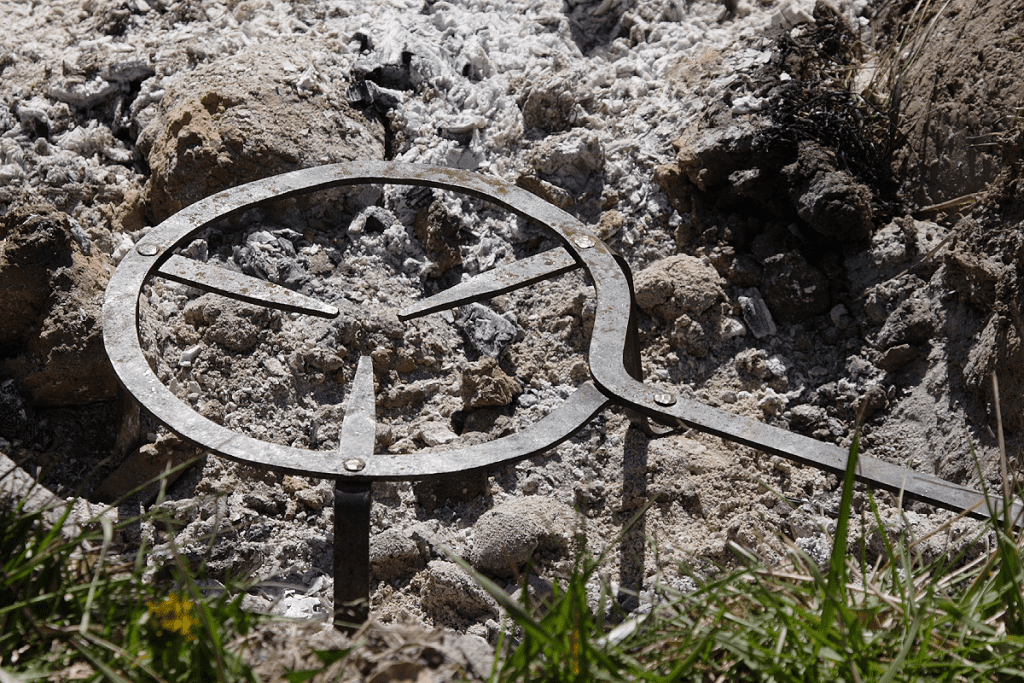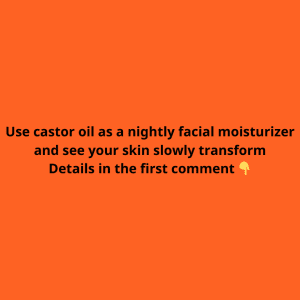When it comes to kitchen essentials, most people focus on the big-ticket items: pots, pans, knives, and cutting boards. But have you ever thought about the humble trivet? This underrated kitchen tool might not be the star of the show, but it plays a crucial role in protecting your kitchen surfaces while adding a touch of style. Let’s dive into why every kitchen needs a trivet and how it can be the unsung hero of your culinary space.
What Is a Trivet?

Before we get into the why, let’s start with the what. A trivet is a small, sturdy platform designed to hold hot dishes or pots away from your countertops or dining table. Typically, it’s made of heat-resistant materials such as metal, wood, silicone, ceramic, or cork. The primary function of a trivet is simple but essential: it protects your surfaces from heat damage, spills, and stains.
But that’s not all—there’s much more to this kitchen tool than meets the eye.
The Practical Benefits of Using a Trivet
You might think a trivet is just a glorified coaster, but it offers far more. Let’s break down the practical reasons why every kitchen should have at least one:
- Heat Protection: This is the trivet’s main job. When you place a hot pot or dish directly on your table or counter, you risk causing burns or scorch marks. A trivet acts as a barrier, protecting your expensive surfaces from permanent damage.
- Stability: Most trivets are designed with stability in mind. The common three-legged or flat design ensures your hot dish doesn’t wobble or spill, even on uneven surfaces. Some trivets even come with rubber or silicone grips to prevent sliding.
- Keeps Food Warm: Certain trivets come with a candle or heating element underneath. This nifty feature helps keep your food warm while you finish cooking or serve guests.
- Versatility: Whether you’re roasting a large piece of meat or just serving a hot bowl of soup, trivets come in various shapes and sizes, making them useful in a range of cooking and serving scenarios.
How Trivets Protect Your Style (Not Just Your Table)
Trivets aren’t just functional—they can be a stylish addition to your kitchen and dining room. With a wide variety of designs and materials, there’s a trivet out there to match every aesthetic.
- Materials That Speak to Your Style: Trivets come in everything from rustic wooden finishes to sleek stainless steel. You can choose a material that complements your kitchen decor, whether it’s a minimalist modern vibe or a warm, farmhouse look.
- Designer Touch: Trivets now come in an array of patterns, shapes, and colors, turning them into decorative pieces in their own right. Some even have intricate, handcrafted designs that can be a conversation starter at your dinner party.
- Customizable Options: If you’re into DIY projects, you can even create your own trivet using cork, wood, or tile, making it a personalized element in your kitchen.
Different Types of Trivets for Various Needs

Not all trivets are created equal. Depending on what you’re cooking and serving, you might need a specific type of trivet. Let’s take a closer look at the options:
- Metal Trivets: These are often tripod-like structures with three legs, ideal for holding heavy or large pots. Their heat-resistant properties and sturdiness make them perfect for dishes straight from the stove or oven.
- Wooden Trivets: These add a rustic touch to your table. They’re durable and stylish, but be mindful that they’re best for warm—not scorching—dishes to avoid damage.
- Silicone Trivets: Flexible and heat-resistant, silicone trivets are perfect for handling both hot and cold dishes. They’re non-slip and easy to clean, making them a popular choice in busy kitchens.
- Ceramic and Cork Trivets: These materials provide excellent insulation and often come with beautiful patterns and designs. Ceramic trivets are great for high heat, while cork is perfect for lighter dishes and bowls.
Why Trivets Are a Must-Have for Oven Roasting

Trivets aren’t just for serving dishes—they’re essential in the cooking process too. If you’ve ever roasted meat in the oven, you know how important it is to keep the meat elevated to ensure even cooking and to let the juices collect for making gravy. A roasting trivet helps:
- Elevate the Meat: A trivet in your roasting pan keeps the meat from sitting directly in the fat, ensuring that it cooks evenly on all sides.
- Better Gravy: The juices drip down into the pan, mixing with vegetables like carrots, onions, and celery that can serve as a flavor-packed base for your gravy.
- Easy Cleanup: Keeping the meat lifted helps prevent sticking and burning at the bottom of the pan, making cleanup quicker and easier.
How to Choose the Right Trivet for Your Kitchen

Now that you’re convinced you need a trivet, how do you pick the right one? Here are a few tips:
- Consider the Size: Make sure your trivet is large enough to hold your biggest pot or serving dish but small enough to fit on your table or countertop.
- Material Matters: Depending on how often you cook and what you typically make, choose a material that suits your needs. If you’re using it for everyday meals, a durable silicone or metal trivet is a safe bet. If it’s more for show or light use, ceramic or cork might be a stylish option.
- Think About Storage: Some trivets are foldable or designed to be hung up, making them easy to store without taking up much space.
Conclusion: The Trivet—A Kitchen Essential You Didn’t Know You Needed
It might not be the flashiest kitchen tool, but a trivet is absolutely essential for anyone who loves to cook or entertain. Whether you’re protecting your countertops, keeping your food warm, or even roasting the perfect piece of meat, a trivet is a small investment that pays off big in convenience, style, and function. So, next time you’re in the kitchen, give this unsung hero the credit it deserves.


